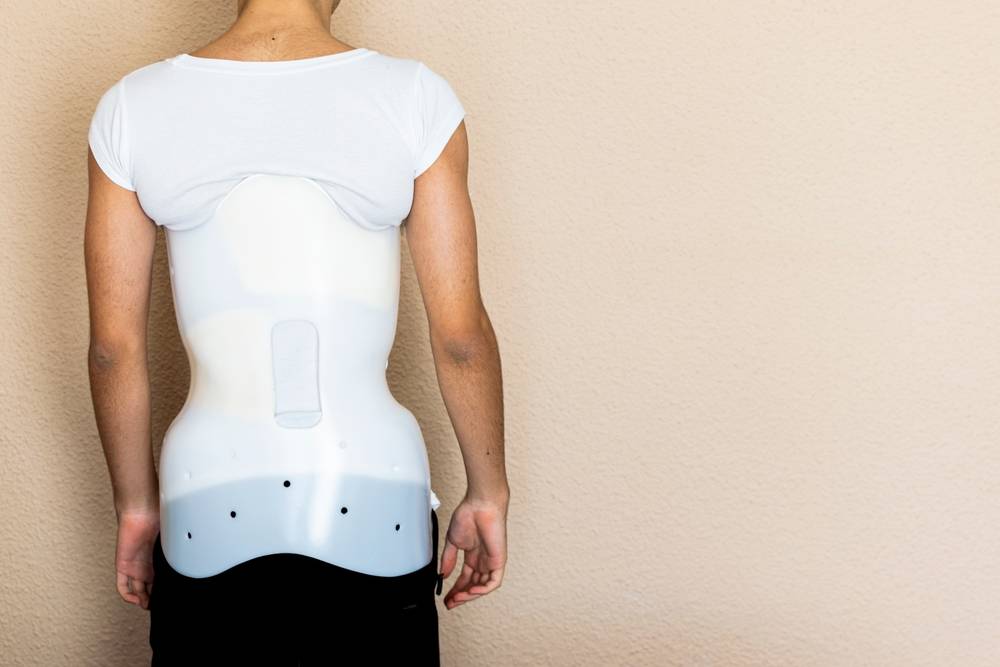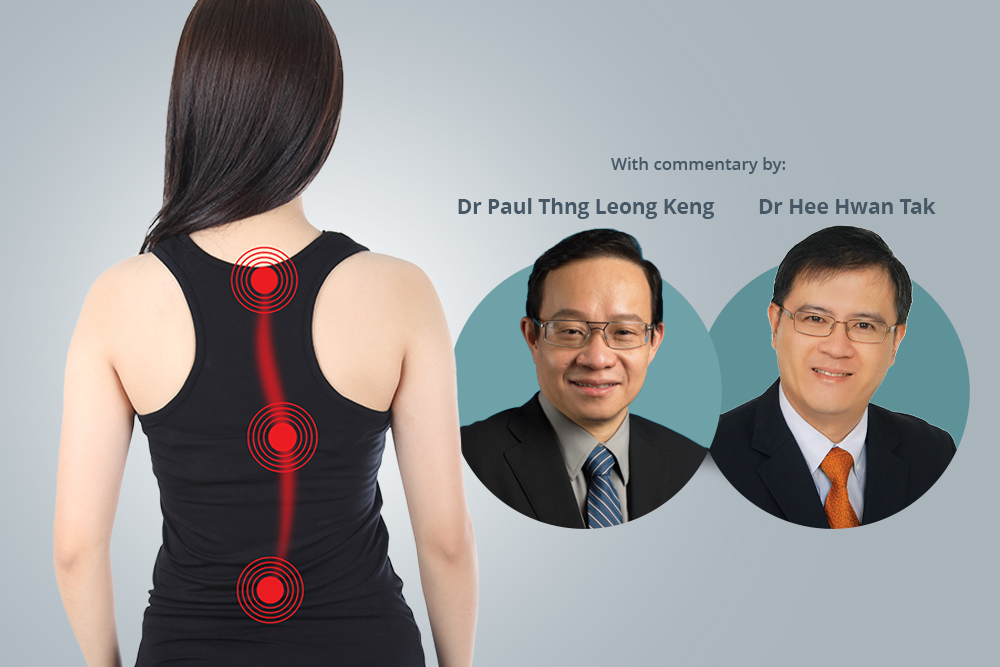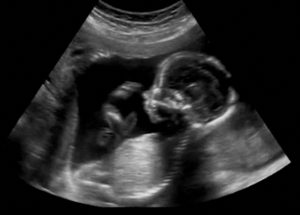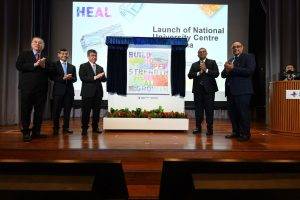Singapore is currently facing a substantial increase in cases of severe scoliosis, particularly in teenage girls.
Hospitals have reported an increase in the number of cases compared to past years. Additionally, healthcare professionals have reported an alarming number of cases requiring surgical intervention.
The Role of the Pandemic and Home-based Learning
The surge in scoliosis cases is believed to have links to the temporary halt of health screenings in schools during the height of the Covid-19 pandemic. Another contributing factor might be the shift to home-based learning, which resulted in reduced physical activities for students. Dr Hee Hwan Tak, Medical Director and Senior Consultant at Pinnacle Spine & Scoliosis Centre, also believes this spike could be attributed to greater awareness of the condition. He stated, “There is greater awareness of this problem and hence an increase in the number of second opinion consultations, i.e. they have already seen the first specialist but opted to see a second specialist to have a clearer understanding of their condition and the treatment options. Hence it appears that there is an increase in the prevalence, but actually it is not.”
Singapore’s School Screening Program: A Shield Against Scoliosis
Singapore has a proactive approach to addressing the issue of scoliosis through its school screening program. This is conducted annually by the Health Promotion Board’s School Health Service, targeting tweens and teenagers during their growth spurts. It is at this stage that the abnormal growth of the spine is most likely to occur. Dr Hee stated “Scoliosis does not appear at birth but only during the pubertal growth spurt (adolescent idiopathic scoliosis) or sometimes during the pre-pubertal years (early onset scoliosis). The most common cause is still idiopathic or unknown, although there is increasing evidence to link it to genetics.”
Gender Differences in Scoliosis Occurrence
When it comes to scoliosis, there are notable differences between genders. Girls are at a higher risk of developing the condition. In Singapore, they are screened for scoliosis from Primary 5, while boys only start their screenings in lower secondary school. Scoliosis, a condition where the spine curves sideways, usually take the shape of an “S” or a “C”. The most prevalent form of this condition, adolescent idiopathic scoliosis, primarily affects teenagers. While it has no known cause, it’s suspected to be linked to genetic factors. The progression of this form of scoliosis can speed up during a child’s growth spurt, underscoring the importance of early detection and intervention.
According to Dr Paul Thng Leong Keng from PTL Spine & Orthopaedics, the most common cause of Idiopathic Adolescent Scoliosis is largely genetic in nature, in contrast to adult degenerative scoliosis which is degenerative and acquired.
Detection & Treatment: Orthopaedic Surgeon Insights
Dr Hee highlighted the need for detection. He said, “The chief recommendation is regular follow-up to detect cases that potentially have a high chance of deterioration and if so, to administer bracing.” Wearing a brace helps to prevent the condition from advancing to the point of requiring surgery.

Dr Hee added, “For severe scoliosis, surgery is unfortunately required to prevent further worsening of the scoliosis with its negative consequences, for example, restrictive lung disease.” Dr Hee also allayed any concerns about the procedure, “It is understandable for any parent to be concerned about surgical intervention. But advances in surgical techniques have made this type of surgery very safe.”
Increasing Scoliosis Cases: A Perspective from NUH
Dr Lau Leok Lim, a senior consultant with the University Spine Centre at NUH, reported a concerning rise in cases. The cases increased by approximately 58% in 2022 compared to the pre-pandemic period in 2019. This spike ties to better screening protocols and a surge of patients post-resumption of the scoliosis screening programme.
Advances in Technology: A Beacon of Hope
Despite the concerning trends, the National University Hospital (NUH) has made strides in the use of advanced technology for early detection and treatment. Ultra-low-dose radiography machines and smart braces have improved condition management. Smart braces record wear time and allow effectiveness assessment, enhancing treatment results. These solutions have helped medical professionals manage the condition.
The Stakes of Neglecting Scoliosis
The escalation of scoliosis cases requiring surgical intervention underlines the necessity for early detection and intervention. Left undetected and untreated, scoliosis can advance to severe stages, causing significant health issues, including restricted lung and heart functions, and potentially even paralysis. Dr Thng also advocated for medical action. He stated that he is convinced that the standard of surgery and care in Singapore is generally quite high, although it is not possible to say that the surgery has no risks. He added, “Parents who are concerned should continue to consult and discuss matters with their surgeons about the issues involved. Even get a 2nd opinion if necessary.”
Conclusion: Never Underestimate the Importance of Early Detection
Healthcare providers work hard to manage the surge in cases. Early detection remains crucial. Advanced technology and resumed school screenings offer hope. The goal is to curb the current trend and save more children from severe deformities.
Adj A/Professor Hee is a Medical Director and Senior Consultant at Pinnacle Spine & Scoliosis Centre, Adjunct Associate Professor, Nanyang Technological University and member of several associations including the Singapore Spine Society.
Dr Paul Thng Leong Keng is Senior Consultant and Medical Director, PTL Spine & Orthopaedics Clinic, Visiting Senior Consultant Orthopaedic Surgeon, Changi General Hospital, and Adjunct Associate professor, National University Hospital














